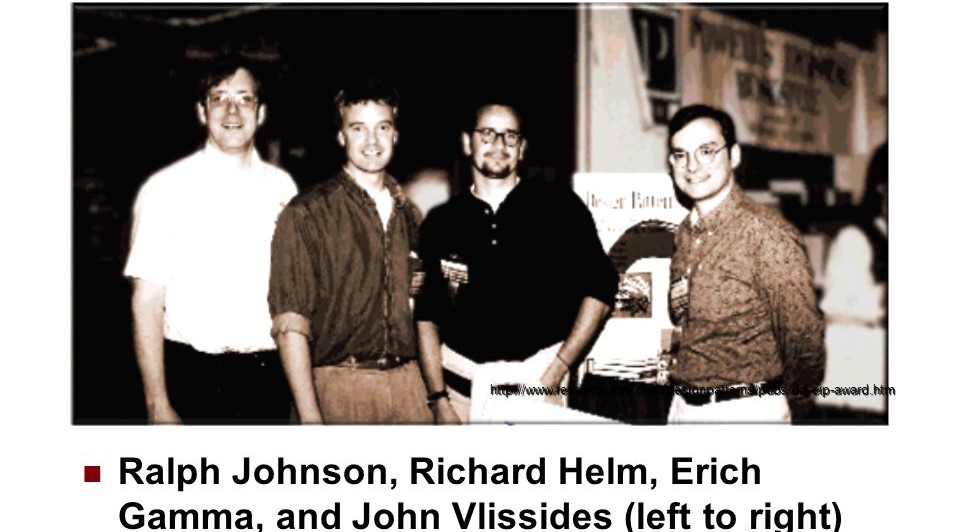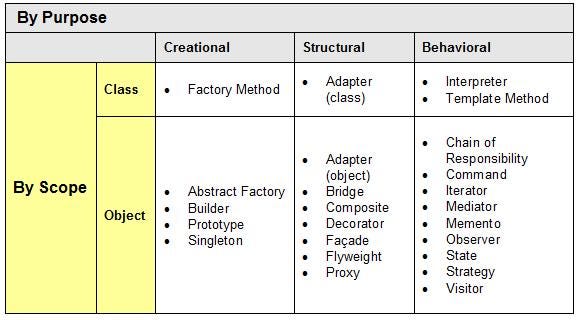Mastering GOF Design Patterns: A Comprehensive Guide For Effective Software Design With Java
 Ismail Harik
Ismail Harik
A comprehensive series that will empower you to create well-structured and flexible software solutions using the Gang of Four (GoF) classification of design patterns.
Introduction:
Welcome to “Exploring GoF Design Patterns: A Comprehensive Guide to Effective Software Design.” In the world of software development, creating robust, maintainable, and flexible applications is a constant pursuit. To achieve these goals, it is crucial to harness the power of proven design principles and patterns.
The GoF classification of design patterns provides reusable solutions to common design challenges, allowing developers to create elegant and efficient software architectures. By understanding and applying GoF design patterns, you can elevate your software engineering skills and significantly improve the quality of your code.
Throughout this series, you will gain a profound understanding of the underlying concepts and principles behind each design pattern. We will explore their strengths, limitations, and real-world use cases, enabling you to make informed decisions when applying them to your software projects.
Overview of this Article:
In this article, we will cover the following key points:
What is the meaning of “Gangs Of Four (GOF)?
Full Classification of GoF Design Patterns.
Organization of the Course.
Conclusion.
1. What is the meaning of “Gangs Of Four”?
The “Gang of Four” refers to a group of four renowned software engineers and authors (Erich Gamma, Richard Helm, Ralph Johnson, and John Vlissides) who published the influential book “Design Patterns: Elements of Reusable Object-Oriented Software” in 1994. This book, commonly called GoF book, introduced the concept of design patterns and has had a profound impact on the field of software engineering.
The Gang of Four observed that certain design approaches and structures were repeatedly used in successful software systems. By systematically capturing these patterns, the Gang of Four aimed to empower developers to apply proven solutions to similar problems they encountered.
2. Full Classification of GoF Design Patterns.
GoF Design Patterns are 23 design patterns categorized as follows:
Creational Patterns: These patterns focus on object creation, it contains 5 design patterns.
Structural Patterns: These patterns handle class structure, including inheritance and composition. It contains 7 Design Patterns.
Behavioral Patterns: These patterns address object interaction, loose coupling, and future extensibility. It contains 11 Design Patterns.

3. The course is structured as follows:
In this course, each design pattern is explored in-depth through an independent article, following the structure below.
I. Creational Design Patterns:
Object: Singleton, Abstract Factory, Builder, Prototype.
Class: Factory Method.
II. Structural Design Patterns:
Object: Adapter(object), Bridge, Composite, Decorator, Façade, Flyweight, Proxy.
Class: Adapter (class).
III. Behavioral Design Patterns:
Object: Chain of Responsibility, Command, Iterator, Mediator, Memento, Memento, Observer, State, Strategy, Visitor.
Class: Interpreter, Template Method.
4. Conclusion.
This course offers a well-structured approach that thoroughly explores each Gang of Four Design Patterns. It not only equips them with a shared vocabulary and proven solutions to common software design problems but also empowers them to develop more robust and maintainable software systems. To enhance the learning experience, I will provide code samples and examples on my GitHub for practical implementation. This hands-on approach allows you to not only grasp the theoretical aspects of the design patterns but also actively practice and implement them in real-world scenarios, reinforcing your knowledge and skills.
I'm Active in
Subscribe to my newsletter
Read articles from Ismail Harik directly inside your inbox. Subscribe to the newsletter, and don't miss out.
Written by

Ismail Harik
Ismail Harik
As a skilled computer science student and software developer, I have a strong passion for building innovative solutions and learning new technologies. With a solid foundation in Java programming, Spring Ecosystem, and Angular, I am well-equipped to design and develop robust and scalable applications that meet business requirements. I have hands-on experience in developing applications based on Microservices Architecture and utilizing technologies such as Spring Cloud, Docker, and Kubernetes.



